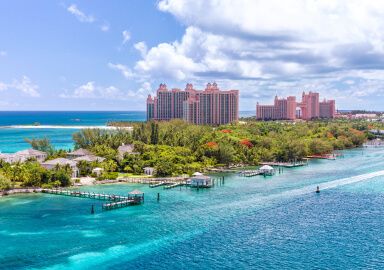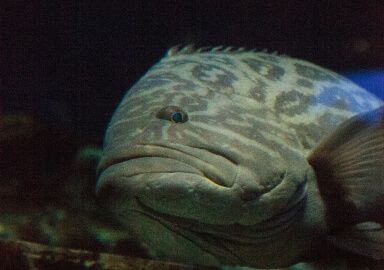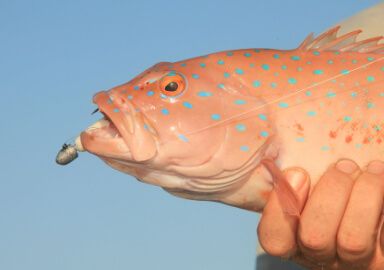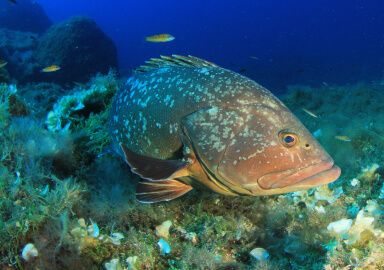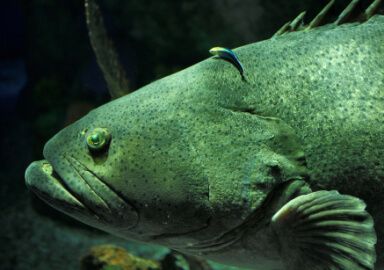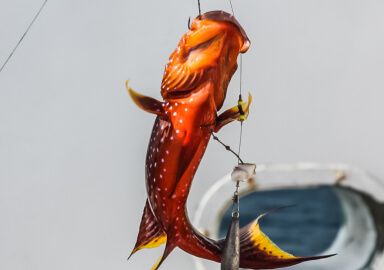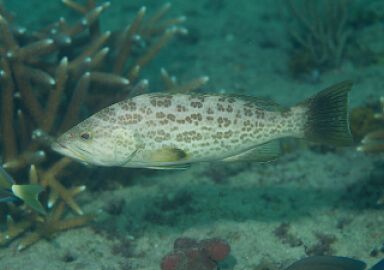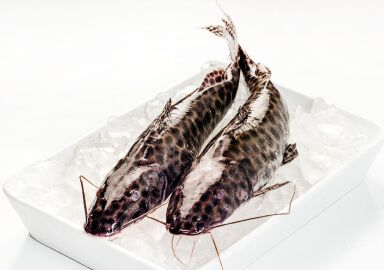Black Grouper
Black grouper is a large apex predator found near wrecks, reefs and similar structures along the central Atlantic coast of the Americas
View 16 listings
16
listings
–
price starting from
7
countries
–
to the nearest trip
Where and When?
Black grouper are found along and off the Atlantic and Gulf of Mexico shores of USA, Central and South America, but are principally encountered from Cape Canaveral in Florida southwards to Santa Catarina in Brazil. They are, however, absent from some areas around Central America including between eastern Suriname and northern Brazil. In most of their range they tend to be caught around structure in the 10 to 30 meter (33 to 98 ft.) depth range but, in some areas such as the eastern Gulf of Mexico, they are often found well below 30 meters (98 ft.) depth. As a fairly tropical species they may be caught throughout the year in most of their range. In some places, such as in Florida, there are strict closed seasons for black grouper fishing from January 1 to April 30 in order to protect their breeding. They can be caught at any time of the day but most fishing is carried out during daylight as the fish feed mostly by sight.
About Black Grouper
The black grouper ( Mycteroperca bonaci) is a large to very large, robust and “typical” looking member of the grouper family. Their body colour is usually olive grey with darker blotches while the pectoral fins are sooty brown with orange margins. The dorsal, anal and pelvic fins have dark margins. They are impressive fish and can achieve lengths of around 1.50 meters (59 ins.) and a mass of just over 100 kilograms (220 lbs.). They are, however, more commonly caught around 70 centimeters (28 in) long. As juveniles they feed on invertebrates and small fish but, as adults, they predate mostly on fish. They begin to mature at around five years old and most are, what are called, protogynous hermaphrodytes - being able to change sex from female to male, usually at between 85 to 100 centimeters in length and around 15 years of age. As adults they are usually solitary but they do form spawning aggregations, in the Gulf of Mexico and Caribbean Sea, in the breeding season which stretches from February to April. Black groupers are nearly always associated with reefs and solid structures, particularly with coral reefs and coral heads.
How to Catch?
Nearly all targeted black grouper fishing is carried out during daytime from boats of various sizes depending on the area, conditions and target size of fish. Heavy tackle is required if there is to be any real chance of landing a good sized specimen as they will almost inevitably try and return to the cover from which they have emerged to take a bait. Braided line of around 80 lbs is usually adequate to hold a fish from returning to its lair and it is best to pull strongly right from the beginning of the fight to disorientate the fish and prevent it from gaining cover, which will usually be close by. Many people favour live bait, which can be very successful, but artificial baits such as jigs and even plastics can work in some places. Certain areas are well known for producing good quality fish consistently and there is a purported “valley of the giants” off the Florida shore where excellent specimens may be caught. As an apex predator on reefs and wrecks, it is often relatively easy to get the best fish to bite, but landing such an old wary, experienced fish will not be easy. Black groupers have been described as “strong” in terms of their fight and “tasty” referring to their palatability. They have earned the position of one of the top target sport species where they occur.


